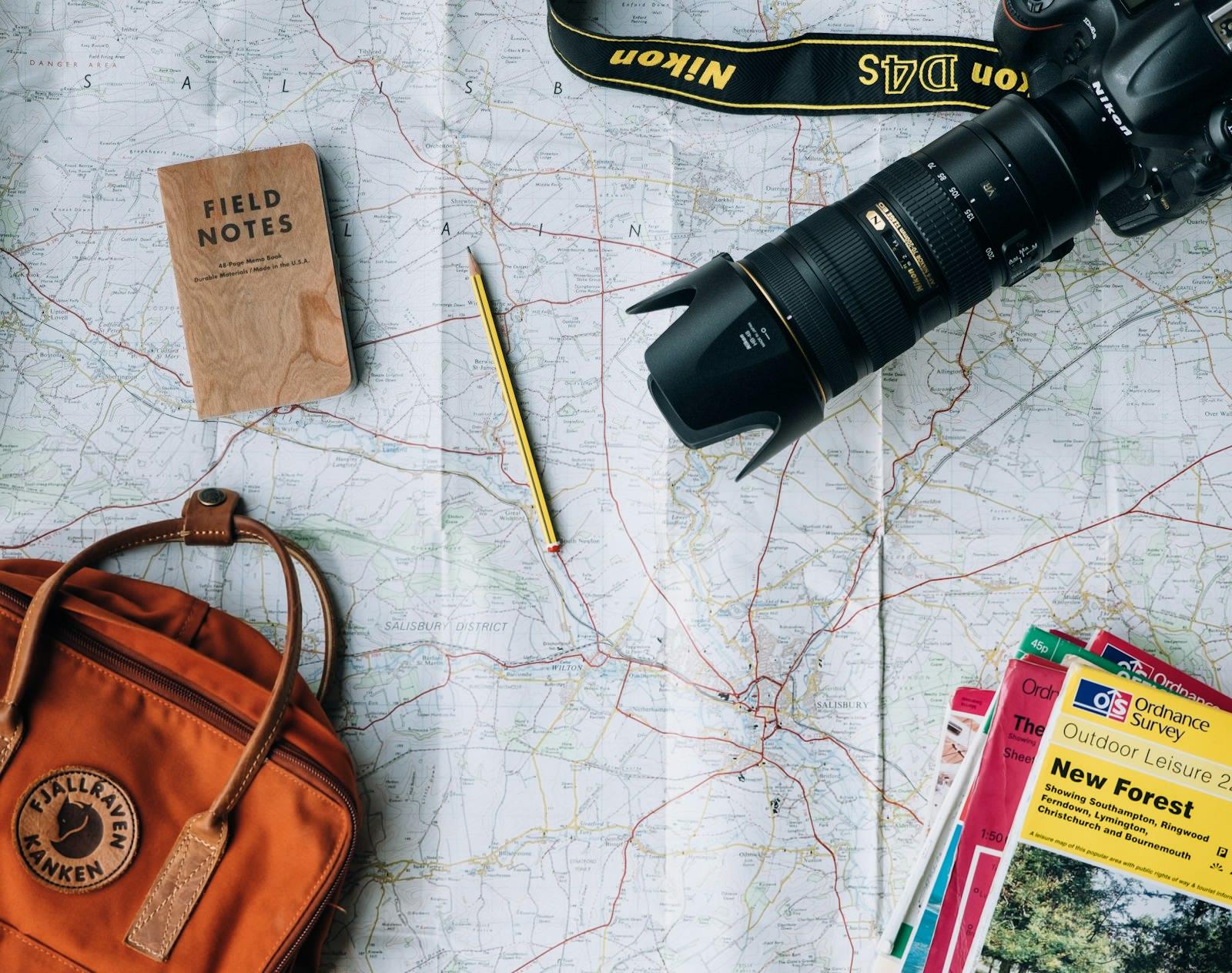
Safe Ride-Hailing Playbook for New Cities
The worst ride I ever booked was in Medellín at 01:30. The driver showed up in a different car, asked me to cancel in-app “to save fees,” and took a wrong turn into an unlit alley before I could object. I bailed—literally jumped out when the car slowed. Since then I’ve treated ride-hailing like any other operational risk. Here’s the playbook I use now so midnight airport runs and post-conference pickups feel boring, not cinematic.


Pre-Trip Profile Hardening
- Separate accounts by purpose. I keep one Uber/Bolt account for business rides tied to a corporate card and another for personal trips. If a platform locks one (fraud checks happen a lot with foreign cards), the other stays usable.
- Audit profile data. Remove unnecessary personal info, set a nickname that doesn’t reveal gender or nationality, and enable two-factor login (Uber:
Settings > Security > 2-step verification). - Seed local payment methods. Add a local bank card or digital wallet before arrival. Many drivers distrust foreign cards and some countries require cash fallback. I preload Revolut virtual cards with country-specific currency so ride receipts reconcile cleanly.
- Store emergency contacts. Inside the apps I add my travel operations lead (or trusted friend) as the emergency contact so they receive trip status notifications.
Intelligence Before You Land
- Research platform dominance. Some cities favor Bolt, others use DiDi, InDrive, or local apps (e.g., Grab in Southeast Asia). Join local expat or digital nomad groups to learn which platforms are reputable.
- Download offline city maps. I download the entire metro area in Google Maps and mark “safe handoff zones” (24/7 hotels, police kiosks, coworking spaces) within a 3 km radius of my accommodation.
- Document license plate formats. Quick reference helps you spot fake plates. In Nairobi, for example, legitimate plates follow “Kxx 123X.” Any mismatch gets flagged instantly.
Request Workflow
- Wait inside a controlled environment. I request the ride from the hotel lobby or coworking entrance, not the street. If I’m leaving an event, I walk to a security-staffed corner first.
- Verify driver identity before entering. I check five points: photo, name pronunciation (ask “Are you [Name]?”), license plate, car make/model, and driver rating with number of trips. If any element mismatches, I cancel and report the ride.
- Decline off-app payments. “Cash instead of card” or “cancel so I don’t pay commission” are instant red flags. I politely say the company requires in-app tracking for insurance and, if needed, cancel and reorder.
- Share trip status. I use the in-app “Share my ride” feature with my ops contact and also drop a live location pin in our Signal “Travel Ops” chat. That link auto-expires after arrival.
- Lock doors and control windows. Most ride-hailing cars auto-lock, but I double-check. Windows stay partially down only if I need airflow and the area feels safe.
Route Monitoring & Adjustments
- Map mirroring. I run my own route on Google Maps (muted). If we deviate significantly without explanation, I ask “Does the app show a different route?” If I’m unsatisfied, I suggest an alternative or request to be let out near a crowded spot.
- Speed alerts. On iOS I enable “Speed Limit” alerts; if we exceed limits drastically, I speak up. Sudden acceleration is often a sign of street racing or evasion tactics.
- Request pit stops wisely. If I need to stop at an ATM or shop, I end the trip and start a new one. Keeping the same ride locked in place at a static location increases risk.
Night Ride Enhancements
- Seat choice: Right rear seat offers visibility and quickest exit.
- Audio recording: Some regions allow you to record audio in-app (Bolt Shield, Uber’s RideCheck). If not, I run a voice memo discreetly; local regulations usually permit recording for personal safety.
- Light discipline: Keep phone brightness low so passersby can’t read routes and so I’m not broadcasting expensive hardware.
Contingency Gear
- Anker PowerCore 10000 lives in my sling bag—dead phones equal zero leverage.
- Tile/AirTag in luggage so I know if a driver drives off with my bags.
- Door wedge / personal alarm in case I’m dropped at a dubious accommodation after midnight and need immediate security upon arrival.
- Language cards with key phrases (“Please stop here,” “Wrong route,” “Take me back to [Hotel]”) keyed to local language to avoid miscommunication.
Handling Disputes & Incident Reporting
- Document instantly. If something feels off, I screenshot driver profile, route map, and note time + location. After the ride I file a written report while details are fresh.
- Escalate with specifics. Ride support responds better to bullet lists: “Driver asked me to cancel. Vehicle plate ABC123 didn’t match. Route deviated 3 km. Request investigation + refund.”
- Block driver. Most apps now allow “Do not match again.” Use it.
- Local authorities. For serious incidents (assault attempts, theft), report to police with ride receipt and screenshots. Platforms cooperate faster when a police report number exists.
Quick Checklist (copy/paste to notes)
[ ] Request ride from secure area
[ ] Verify name, photo, plate, car model, driver rating
[ ] Share live route + enable RideCheck/dashcam
[ ] Follow along on personal map, speak up on deviations
[ ] Exit near populated, lit area; report issues immediately
Table: What If…?
| Scenario | Immediate Action | Follow-Up | | :-- | :-- | :-- | | Driver asks to cancel in-app | Decline. If persistent, cancel ride yourself and report reason | Screenshot chat, submit to support, block driver | | Driver arrives with different vehicle | Do not enter. Cancel as “Driver/vehicle mismatch” | Leave public review noting mismatch | | Route deviates to unlit area | Request driver to return to main road; if refused, end trip in safe spot | Report with route screenshots; notify local contacts | | Driver picks up extra passenger | Exit at first safe location | File safety report; consider contacting authorities | | Vehicle accident | Activate app emergency button, photograph scene | Contact insurance/medical provider immediately |
Practice Makes The Routine
I rehearse this just like a security drill:
- Before each new city: run a mock request just to study pickup points, estimated fares, and driver density.
- Monthly: review app privacy and security settings; platforms tweak features often.
- Quarterly: export ride history, note any patterns (late-night rides, specific neighborhoods) and adjust risk mitigation (maybe switch to a vetted driver service for certain areas).
Ride-hailing isn’t inherently unsafe, but complacency is. Treat every pickup like a mini operation: prep the environment, verify the asset (driver + car), monitor execution, and debrief. Do that and getting from A to B remains just another line item in the travel playbook—not the beginning of a story you don’t want to tell.